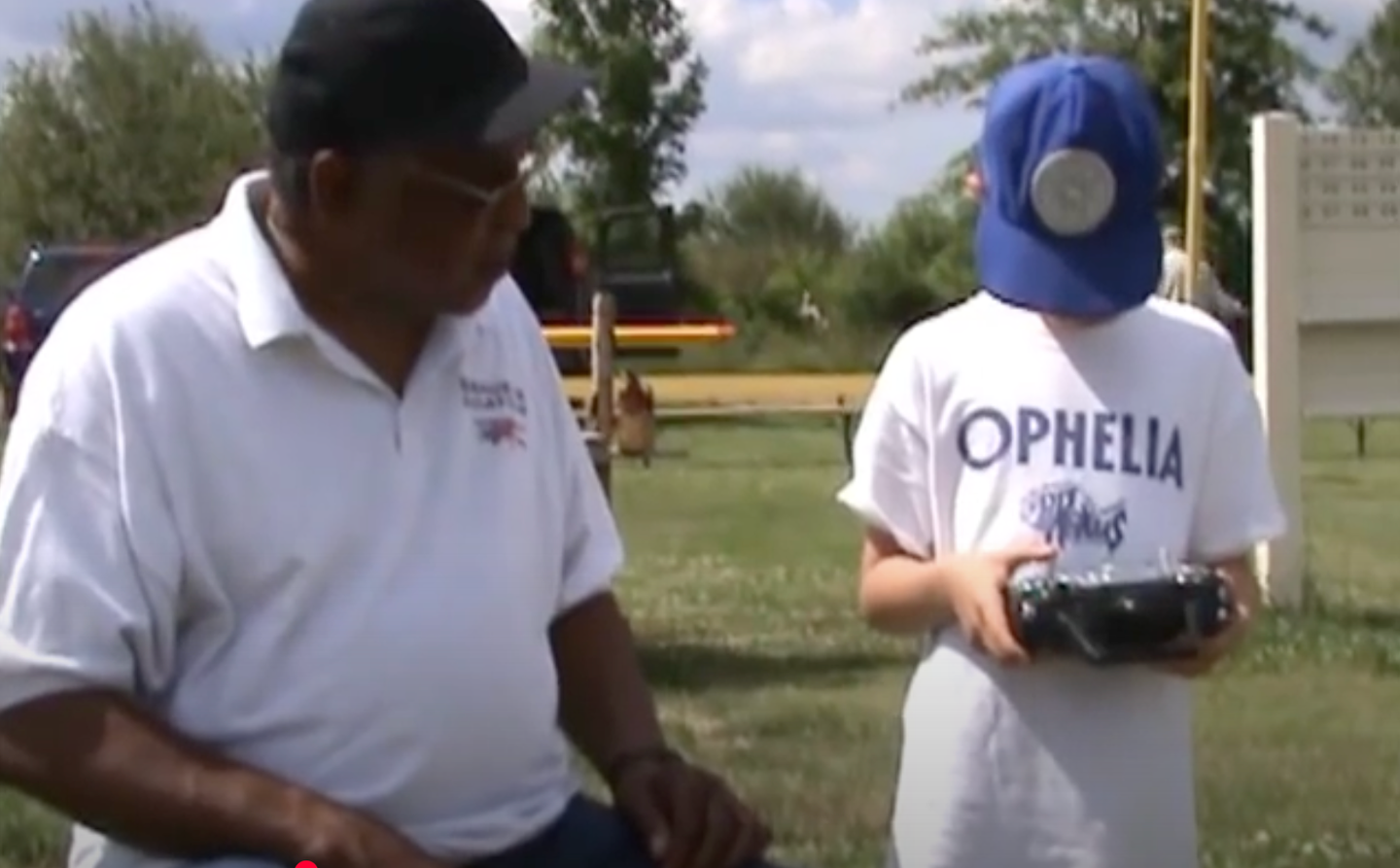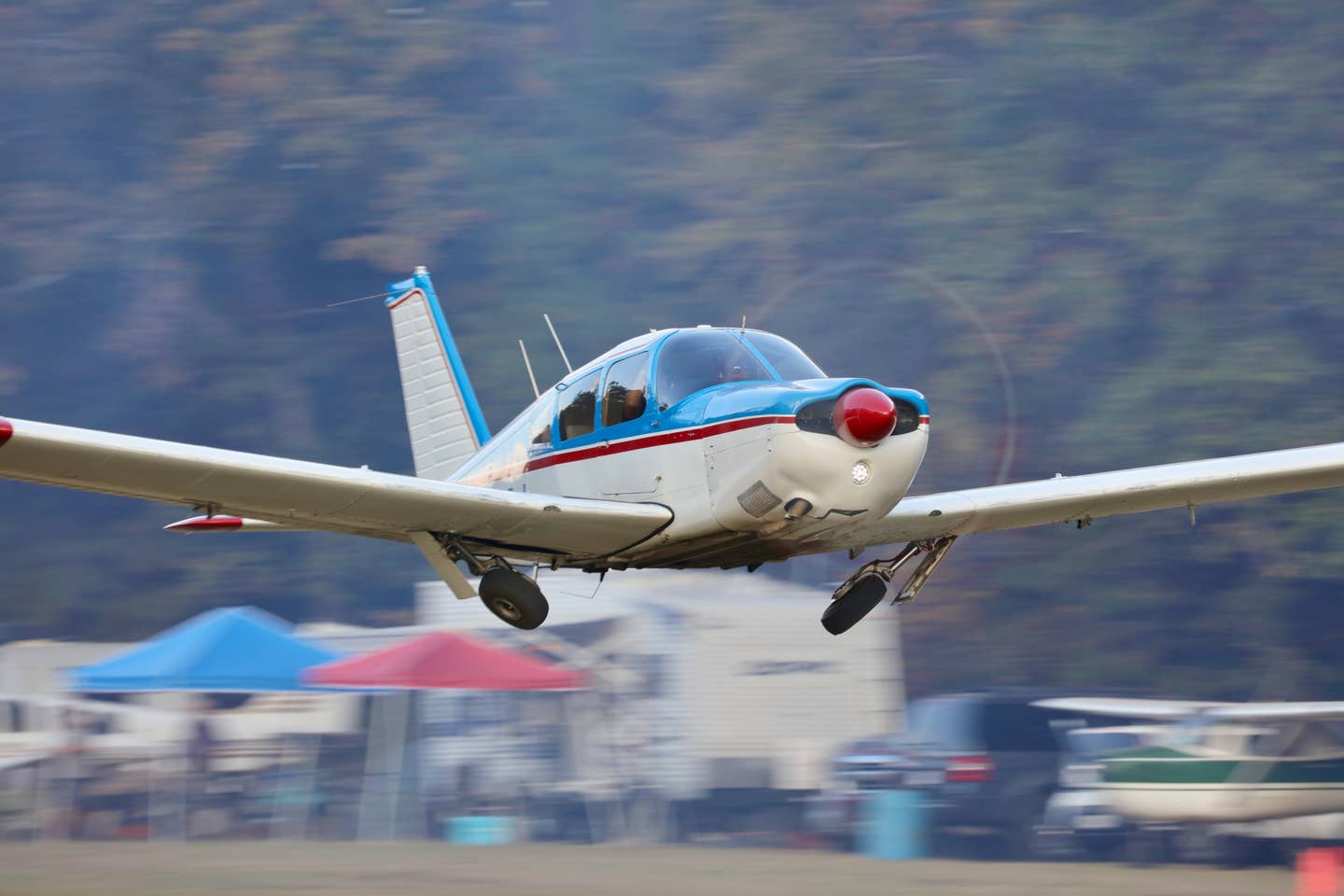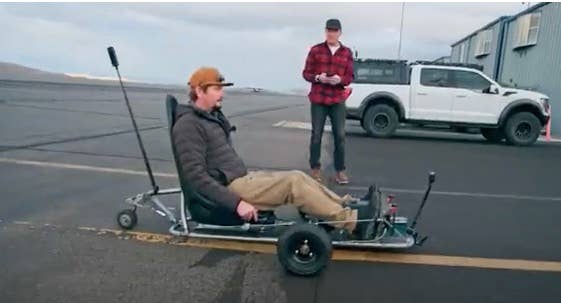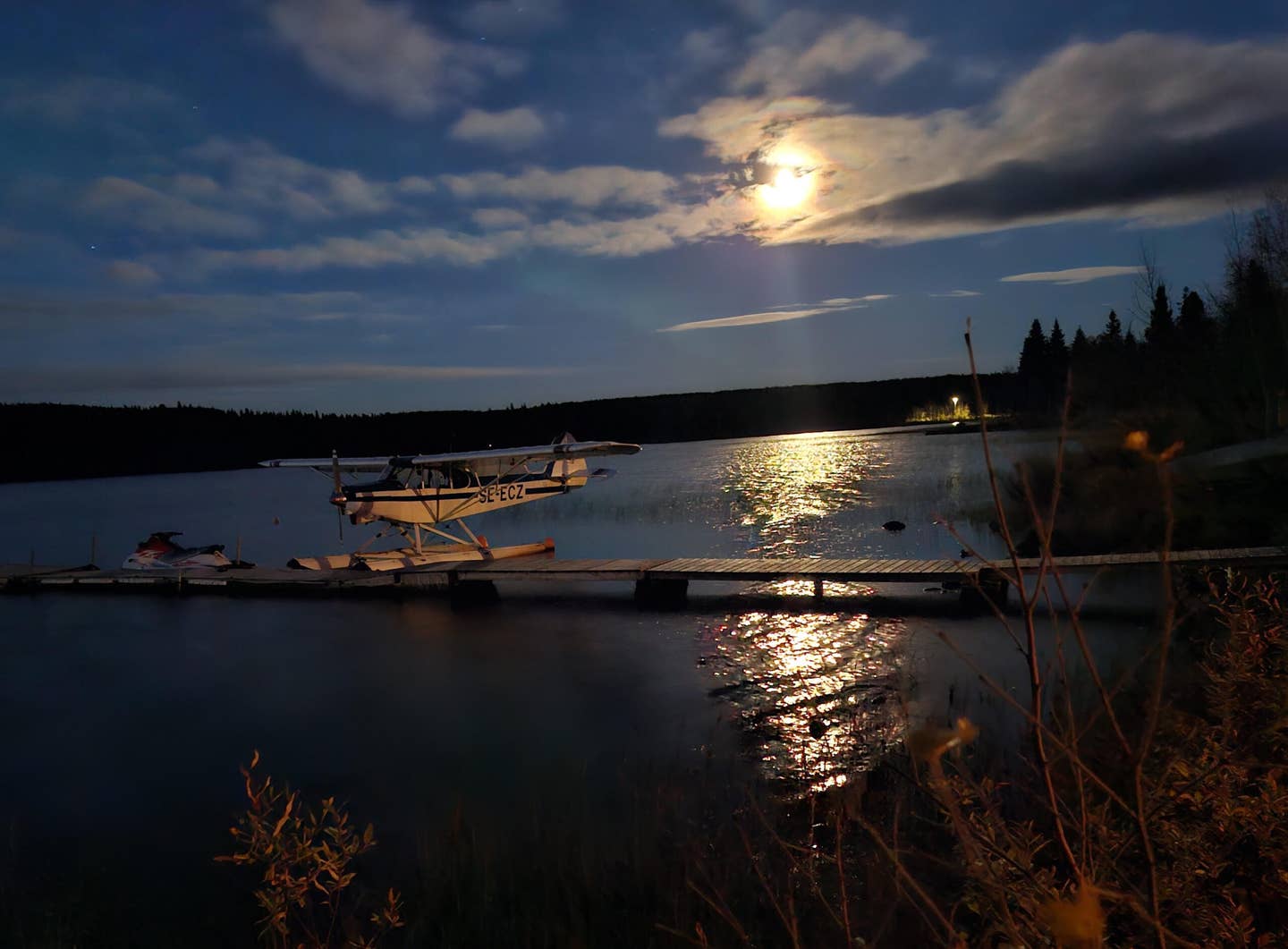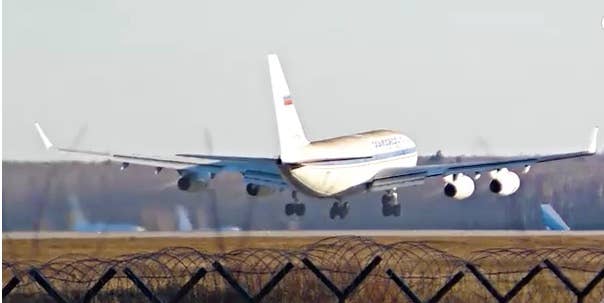Best Of The Web: Alaska Ice Landing
A lot of factors have to line up to create the kinds of conditions Marshall Severson enjoyed when he took a trip to the toe of Knik Glacier in south…
A lot of factors have to line up to create the kinds of conditions Marshall Severson enjoyed when he took a trip to the toe of Knik Glacier in south central Alaska in mid-February in his 172.
Editorial StaffAVweb
Related Stories


